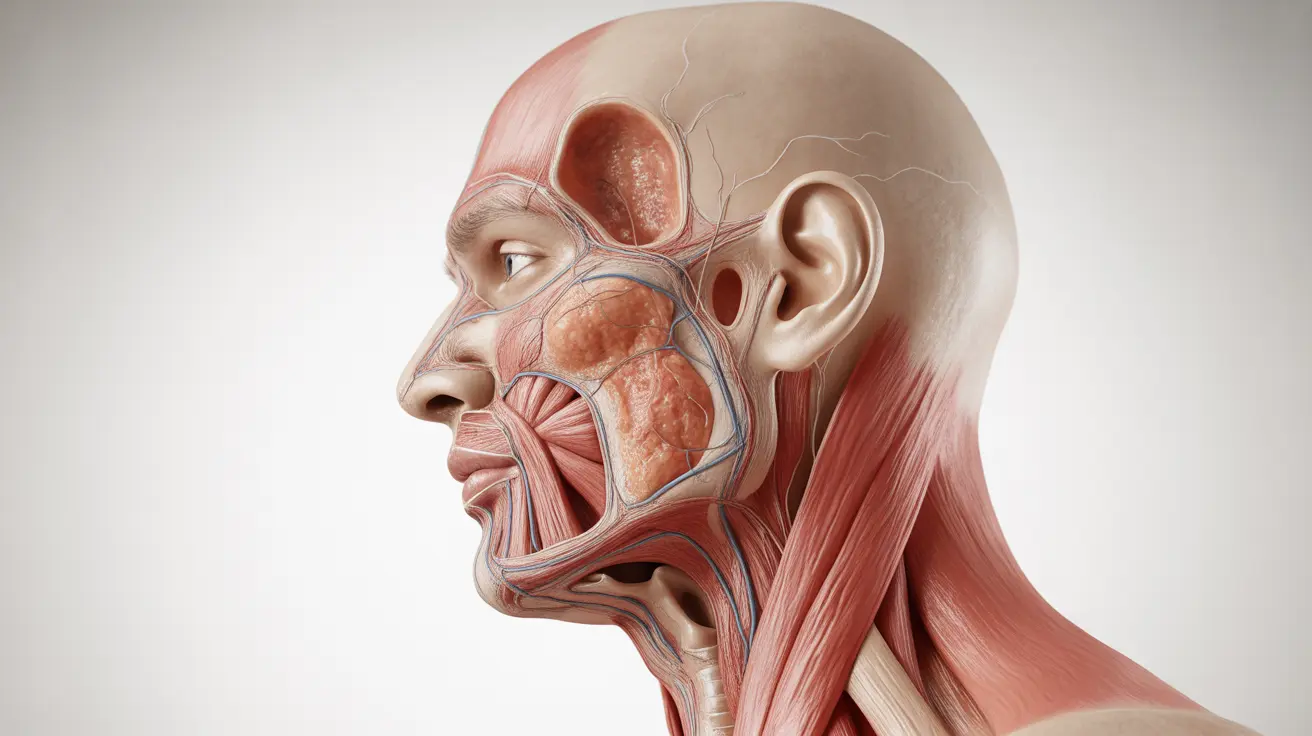Actinic keratosis (AK) is a common precancerous skin condition that requires careful attention and proper treatment. While professional medical care is essential for diagnosis and treatment planning, many people can effectively manage their condition at home under proper medical supervision. This comprehensive guide explores safe and effective methods for treating actinic keratosis in a home setting.
Understanding Actinic Keratosis Treatment Options
Before beginning any at-home treatment for actinic keratosis, it's crucial to have a proper diagnosis and treatment plan from a qualified healthcare provider. They can recommend the most appropriate approach based on your specific condition and medical history.
Prescription Treatments for Home Use
Several prescription medications are available for treating actinic keratosis at home under medical supervision:
Topical Medications
- Fluorouracil (5-FU) cream
- Imiquimod cream
- Ingenol mebutate gel
- Diclofenac sodium gel
Each medication has specific application instructions and treatment durations that must be strictly followed for optimal results and safety.
Natural and Alternative Home Remedies
While prescription treatments are the most proven method, some people explore natural remedies as complementary approaches. However, these should only be used with medical approval:
- Green tea extracts
- Aloe vera
- Vitamin D supplements
- Echinacea preparations
It's important to note that natural remedies should never replace prescribed treatments and their effectiveness may vary significantly.
Managing Side Effects During Treatment
At-home treatments can cause various side effects that need proper management:
- Redness and inflammation
- Mild burning sensation
- Skin irritation
- Temporary discoloration
- Crusting or scaling
These reactions are often normal parts of the treatment process but should be monitored carefully.
Prevention and Long-term Management
Preventing recurrence is crucial after successful treatment:
- Use broad-spectrum sunscreen (SPF 30+) daily
- Wear protective clothing and hats
- Avoid peak sun hours (10 am to 4 pm)
- Perform regular skin self-examinations
- Schedule routine dermatologist check-ups
Frequently Asked Questions
How can I safely remove actinic keratosis at home with prescription treatments?
Always begin with a proper diagnosis and prescription from a healthcare provider. Apply medications exactly as prescribed, following the recommended duration and frequency. Monitor your skin's response and maintain regular communication with your healthcare provider throughout the treatment.
Are there any effective natural or home remedies for treating actinic keratosis?
While some natural remedies may offer supplementary benefits, they should not replace prescribed treatments. Always discuss any natural remedies with your healthcare provider before use, as some may interfere with prescribed treatments or cause unexpected reactions.
What are the common side effects of at-home topical medications for actinic keratosis?
Common side effects include redness, inflammation, burning sensation, and temporary skin irritation. These are usually expected reactions to the treatment. However, severe reactions or persistent discomfort should be reported to your healthcare provider immediately.
Why is medical supervision important when using at-home treatments for actinic keratosis?
Medical supervision ensures proper diagnosis, appropriate treatment selection, and monitoring of treatment progress. It also allows for timely adjustments if needed and helps prevent potential complications or treatment failures.
What steps can I take to prevent actinic keratosis from recurring after treatment?
Comprehensive sun protection is crucial, including daily sunscreen use, protective clothing, and avoiding peak UV hours. Regular skin checks and follow-up appointments with your dermatologist help catch and treat new lesions early.
Remember, successful management of actinic keratosis requires a combination of proper medical guidance, careful adherence to treatment protocols, and consistent preventive measures. Always consult with healthcare professionals for personalized advice and treatment plans.




